Introduction:
For RV or camper lovers, the importance of knowing how your electrical system operates cannot be overemphasized. One of the common complaints campers have is, “Does my camper battery get charged when I am hooked up to the 30-amp service?” This is because camper batteries work as sources of energy to different systems within the camper when you don’t have a source of power hence the need to understand how they get charged. In this article, we will investigate the workings of the 30-amp service, its impact on the camper batteries, and what important things one has to bear in mind to have the camper well charged and ready at all times.
Understanding 30-Amp Electrical Service:
A 30-amp electrical service is commonly found at most RV parks and campsites. It delivers up to 3,600 watts of power (120 volts multiplied by 30 amps). While this is more than enough to run several appliances in an RV, it’s important to understand that this is not the same as a 50-amp service, which provides 12,000 watts. Knowing the limitations and capacity of 30-amp service is key to managing your camper’s electrical needs effectively.
Unlike 50-amp service, which offers two 120-volt circuits, the 30-amp service has just one. This means if you’re running multiple high-powered devices like an air conditioner, microwave, or electric heater, the available power may be limited, potentially affecting how quickly your battery charges.
How Camper Batteries Charge:
There are usually many ways to charge the camper batteries and the most common is plugging into a shore power (300 amp service), attaching solar panels or using a generator. When a camper is attached to a 30-amp outlet, the energy comes into a system of a camper where there is a converter or a charger included. The converter steps down the 120-volt AC power from the 30-amp source into 12-volt DC power, which is used to charge the battery and power various DC appliances in the camper.
While you are plugged in, your camper’s converter charges the battery, often maintaining it at full charge. However, how efficiently this happens depends on the converter’s quality and the demand placed on the electrical system by other appliances running simultaneously.
Advantages of Being Plugged In:
One of the major benefits of using shore power, especially 30-amp service, is the convenience and speed of charging your camper battery. Instead of using solar panels or generators which can take such a long time or depend on the weather, the 30-amp shore power provides them with electricity at all times.
In a scenario where you connect a 30 amplifier services, you are able to use different electric devices, lights and other systems without having to worry that you will use all the power and run out regardless of applying demands on the operating systems. Also, it is possible to use the 30-amp service for charging the batteries while there is no such work in progress to focus even for the duration of the night which is not alright with other power sources such as solar panels or generators because energy usage needs to be meticulously conserved.
Limitations and Considerations:
Despite the benefits, there are some limitations when charging your camper battery via a 30-amp service. First, the power you use to charge the battery is shared with all the other appliances you are running. So, if you’re using high-wattage devices like an air conditioner or microwave, the battery might charge more slowly or not at all because the converter prioritizes providing power to the appliances.
Another consideration is the potential for overloading the system. If you exceed the 3,600-watt limit of a 30-amp service by running too many devices at once, you could trip the breaker or cause other issues, which would stop your battery from charging altogether.
Additionally, some older converters may not charge batteries efficiently. If your camper’s electrical system is outdated, you might not get the full benefit of the 30-amp service, and upgrading the converter may be necessary for faster and more reliable battery charging.
Tips for Efficient Charging:
In order to take full advantage of the 30 amp service, it is essential to utilize these aspects in a few ways:
- Monitor your power usage: Refrain from using power sucking appliances when plugged in to 30 amp service. Shut down those high watt appliances when not in use, so that more power can be directed towards charging the batteries.
- Upgrade your converter: If your battery isn’t charging as quickly as you’d like, consider upgrading to a higher-quality converter that can provide better, more consistent power to the battery.
- Use energy-efficient appliances: Energy-efficient lights and appliances will draw less power, freeing up more of the 30-amp service for charging your battery.
- Check your battery health: Regularly maintain and check the condition of your battery to ensure it can hold a full charge. Even with shore power, a bad battery won’t perform well.
- Avoid overloading: Be mindful of the total power usage in your camper to avoid tripping breakers and cutting off the power supply to your battery.
Here are some FAQs related to the topic:
FAQs:
- Does my camper battery charge when I’m plugged into a 30-amp service?
- Yes, when your camper is plugged into a 30-amp service, the converter in your RV uses the shore power to charge your camper’s battery, along with powering the other electrical appliances.
- How long does it take to charge a camper battery on a 30-amp service?
- The time to fully charge a camper battery depends on the battery size and the charger’s output. On average, it can take several hours. However, this can vary if you’re using other high-power appliances, which might slow the charging process.
- Can I run appliances while charging my camper battery on a 30-amp service?
- Certainly however do not forget that the 30-amp service gives you only 3600 watts of power. Operating more than one of the high-wattage power hogs such as the air conditioner or microwave while charging your device slows down charging since there will be less power available for the battery charging than required.
- Will using 30-amp service overload my camper’s electrical system?
- It’s possible to overload the system if you exceed the 3,600-watt limit. To avoid this, monitor the total wattage of all devices running simultaneously, including the converter charging the battery.
- Can I charge my battery faster with a 50-amp service instead of 30-amp?
- More power with the higher (50-amp) service is, in total, (12,000 watts) even more useful mainly because of fast charging, which especially comes in handy if you are using many high-power devices at the same time. However, the charging rate of the battery itself depends more on the capability of the converter than on the power supply provided alone.
- What should I do if my battery isn’t charging while plugged into a 30-amp service?
- First, check if the converter is working properly and inspect the battery for any issues. You should also ensure that you haven’t overloaded the system with other appliances. If everything seems fine, it may be worth upgrading the converter for more efficient charging.
- Can a 30-amp service charge my battery and power my camper at the same time?
- Indeed, it is possible for a 30 amp service to charge your battery and power your camper at the same time. Well, further delays can be anticipated if a number of power hammocks are being utilized simultaneously.
Conclusion:
Any RV enthusiast needs to know how your camper battery charges when plugged into a 30-amp service. Even though there are risks involved when using this convenient and reliable 30-amp service, it’s important to use it judiciously in order to keep your battery charged. Additionally, with the proper configuration, one may experience shorter charging periods, uninterrupted operation of their appliances, and optimize the power system of the camper.
Call to Action:
Have you had any experiences with charging your camper battery using a 30-amp service? Share your thoughts or ask any questions in the comments below! Let’s help each other stay powered up on the road.

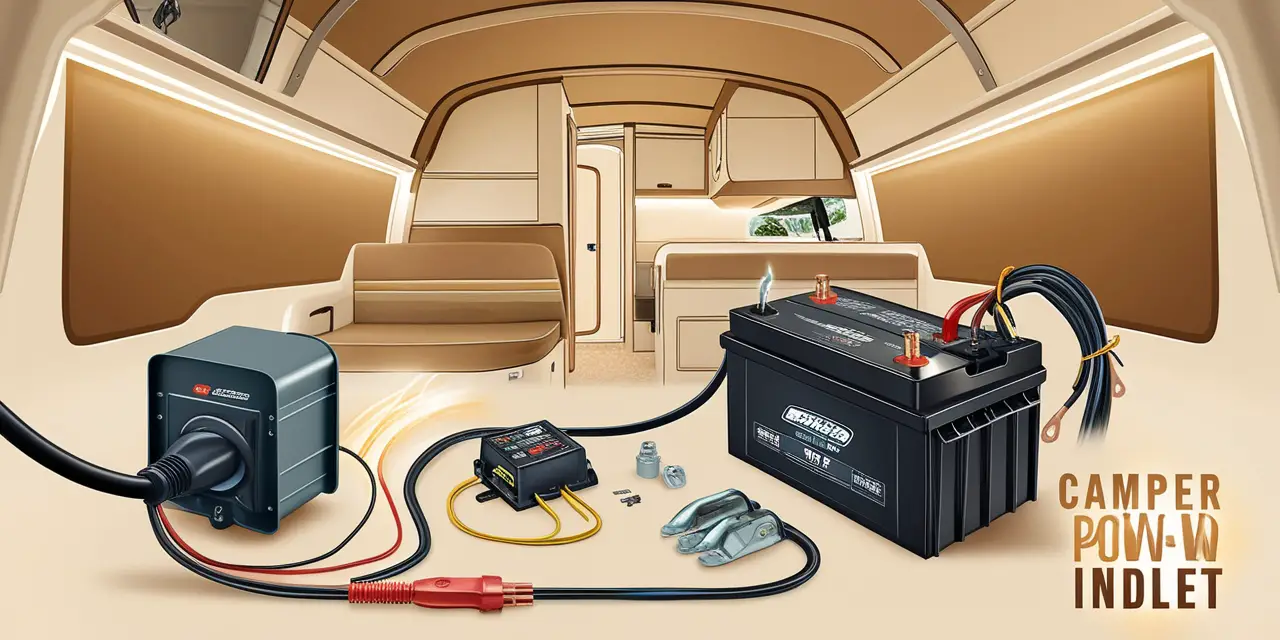

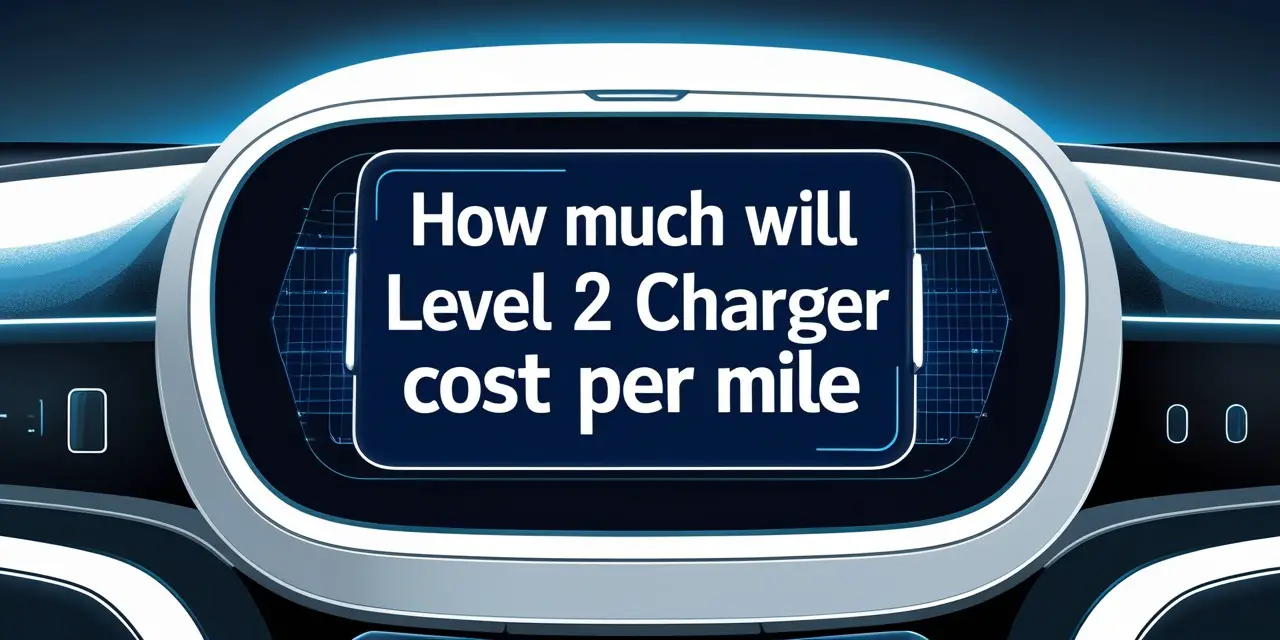
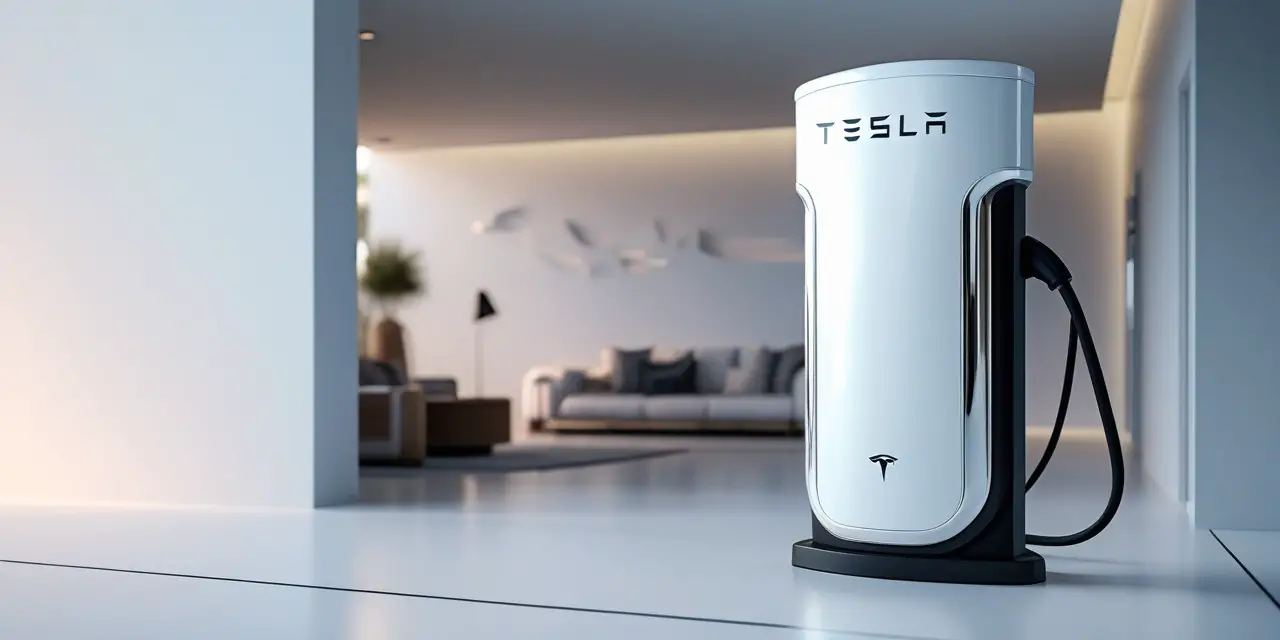
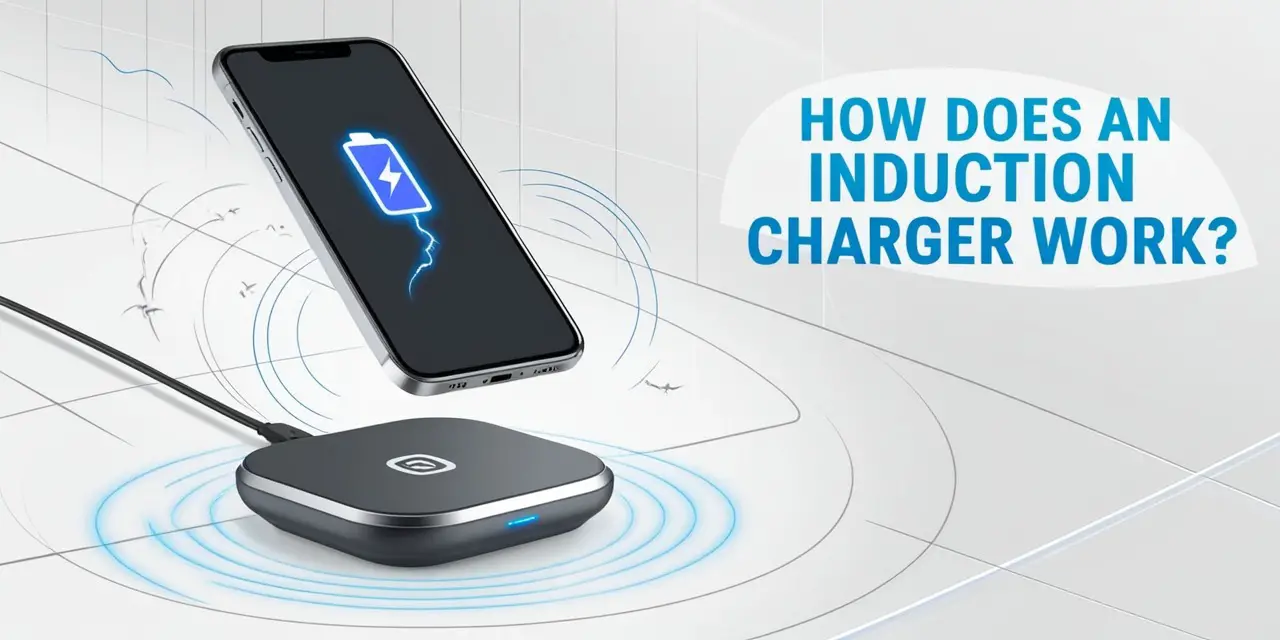
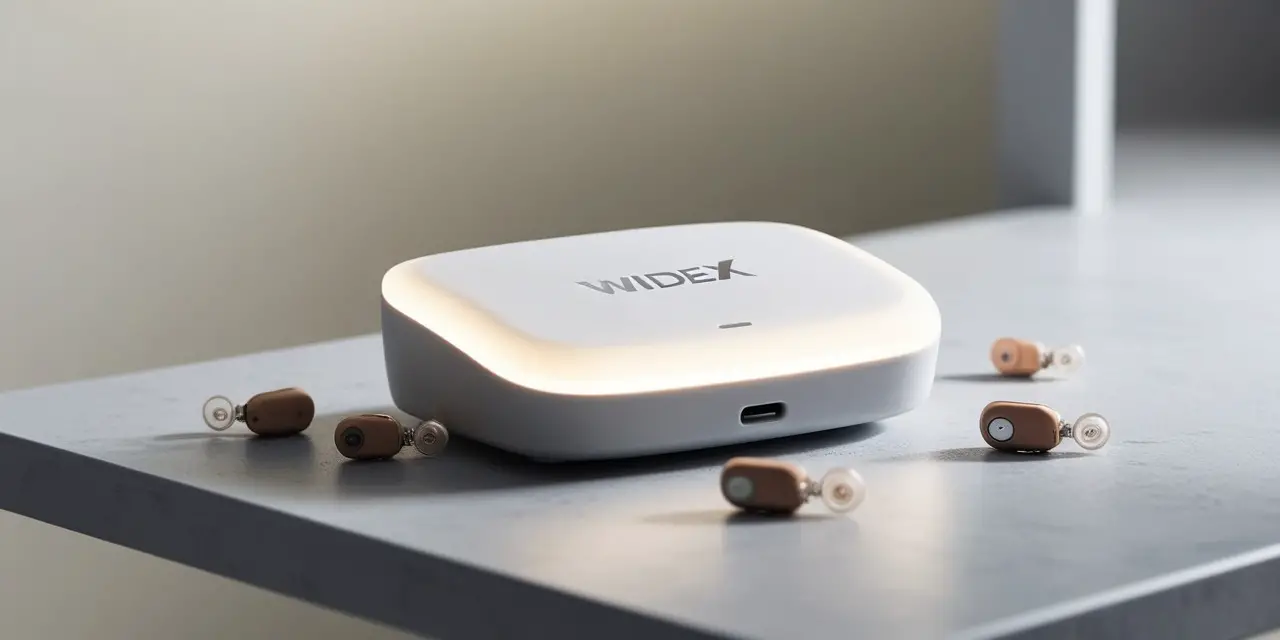
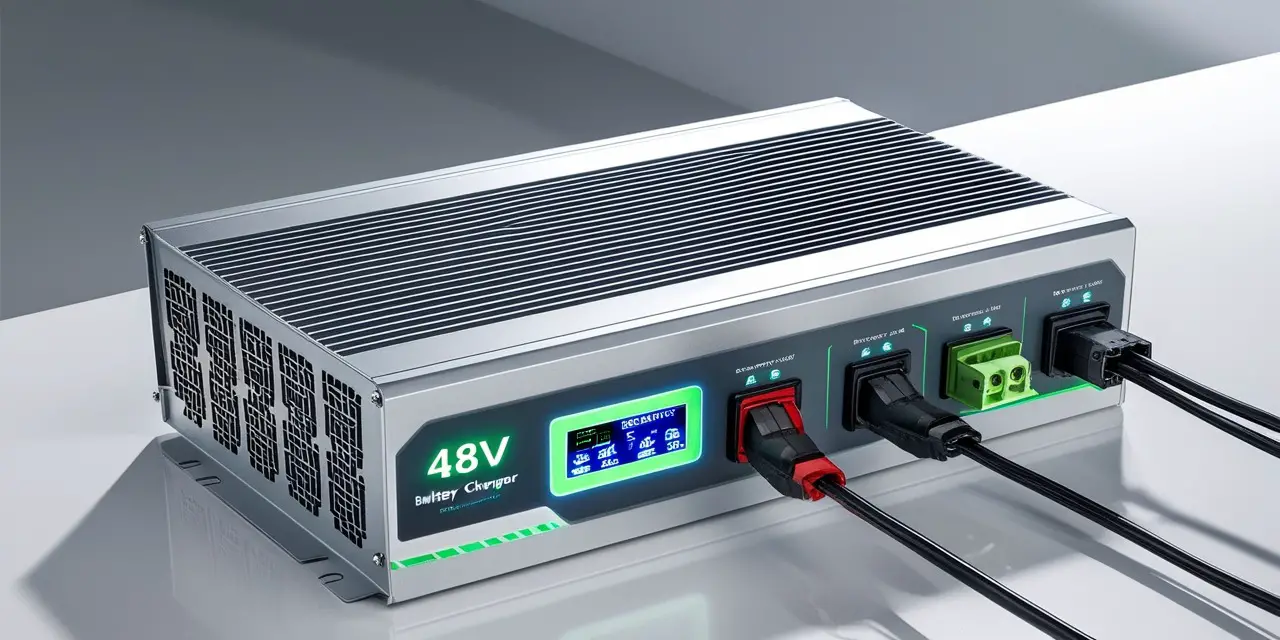
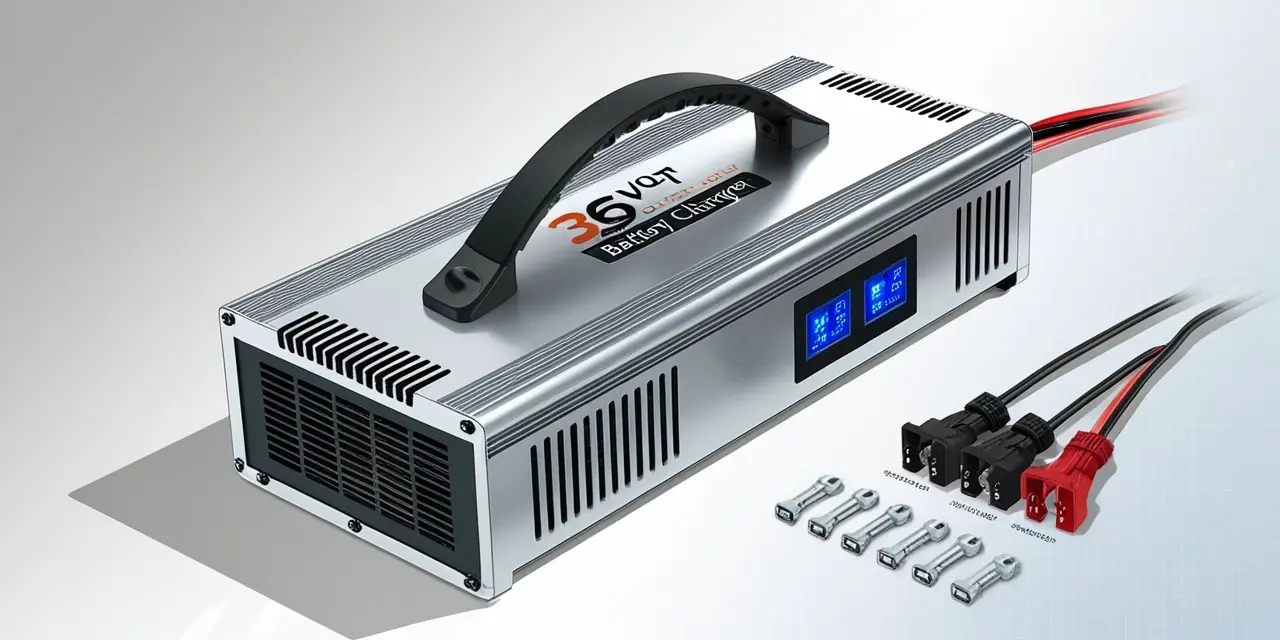
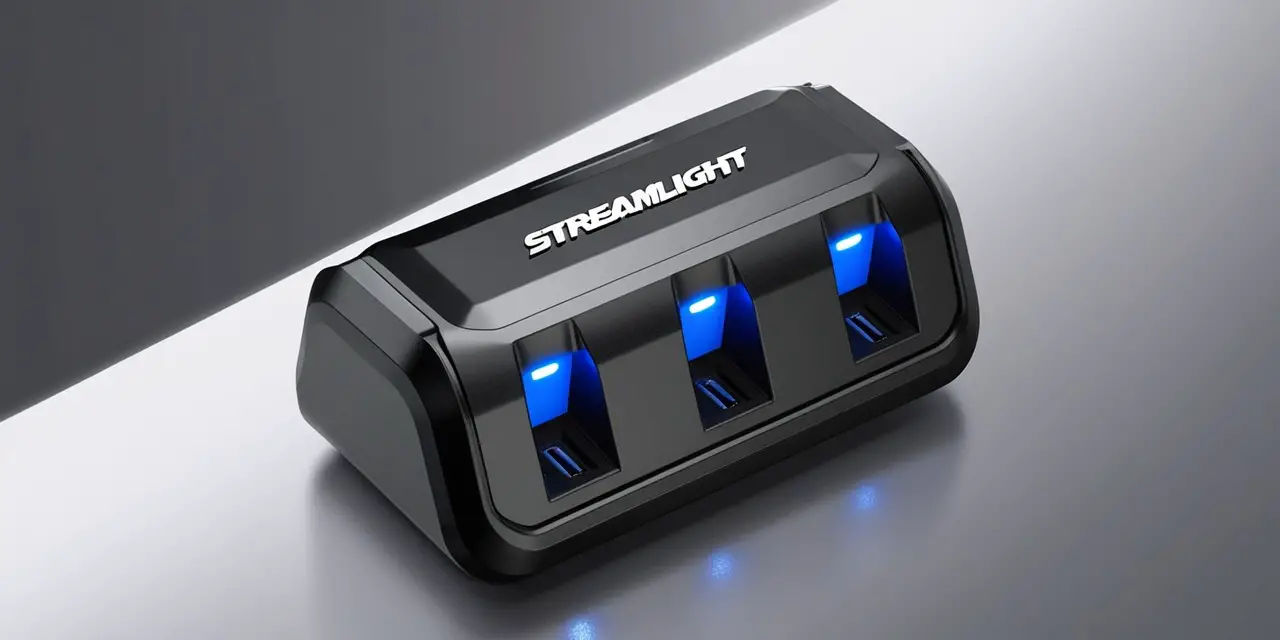
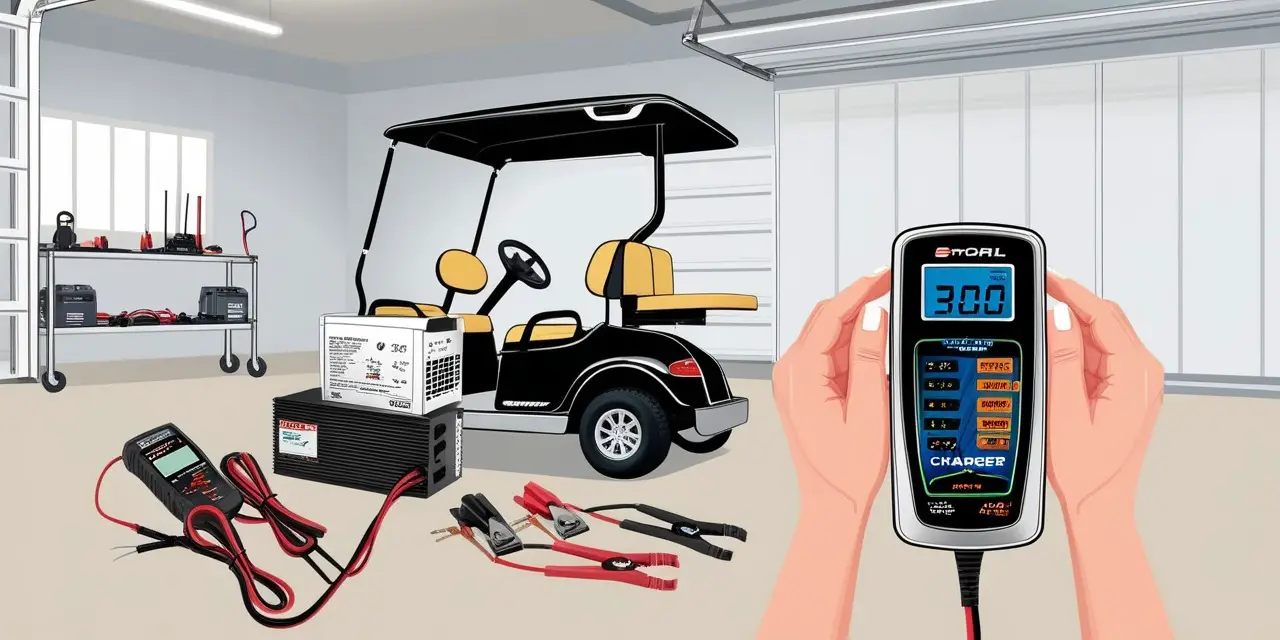
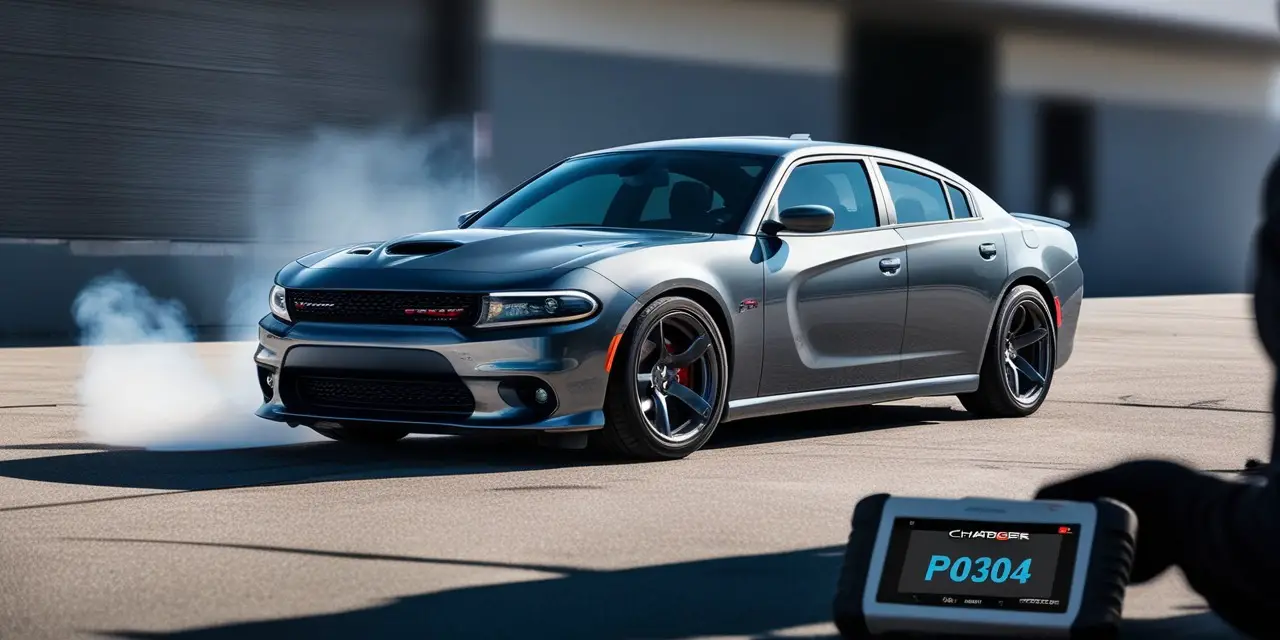
Leave a Reply